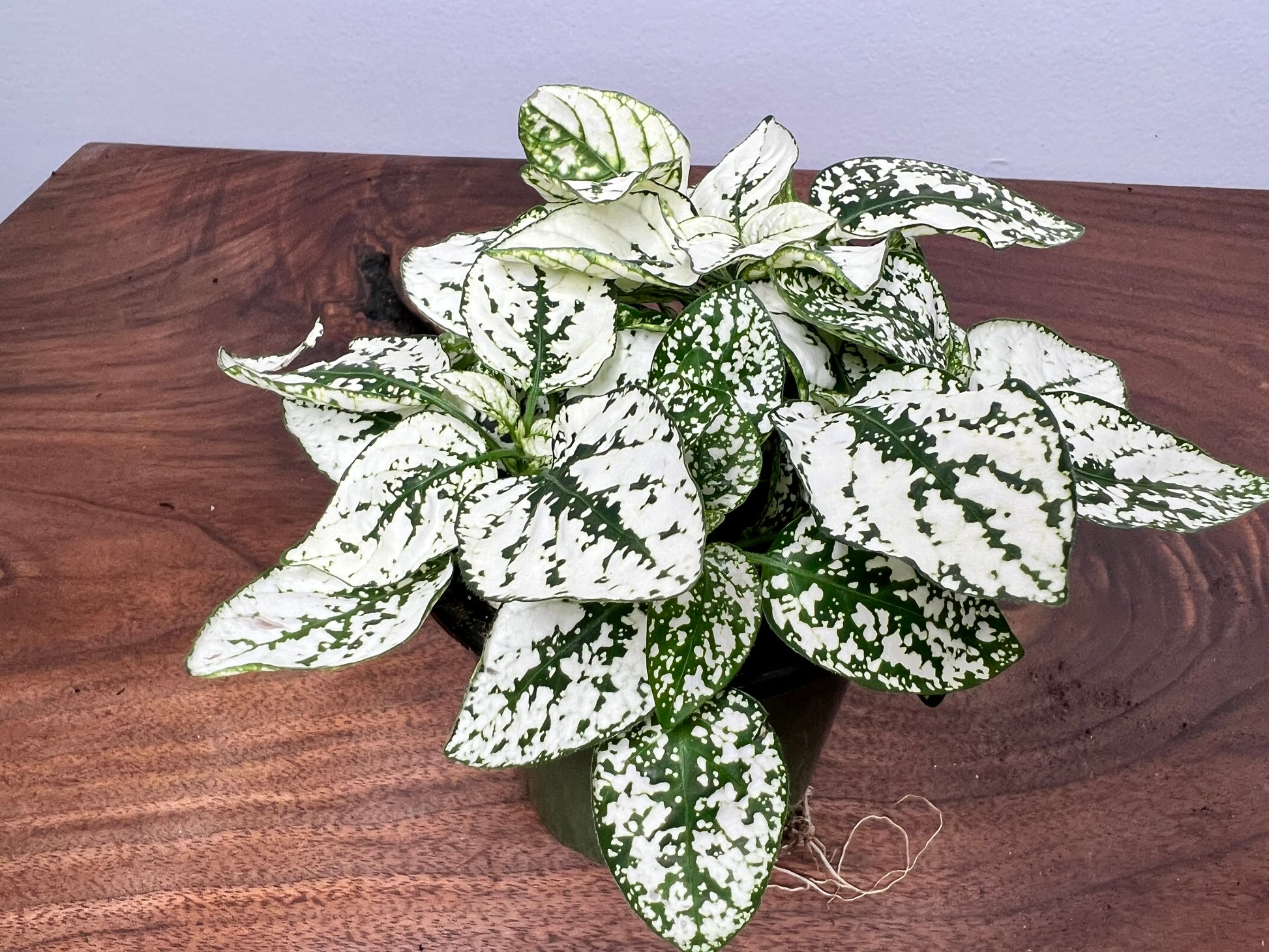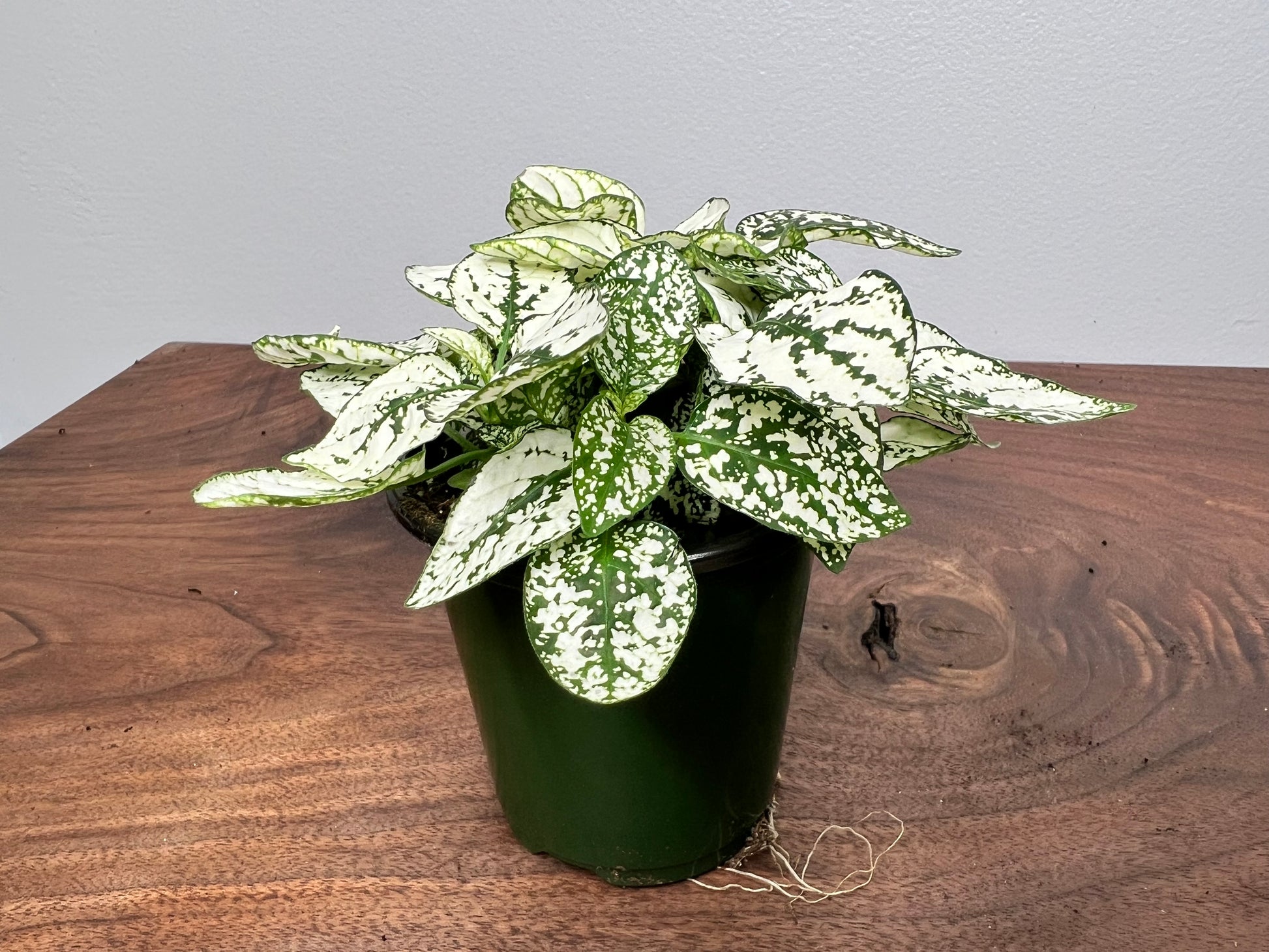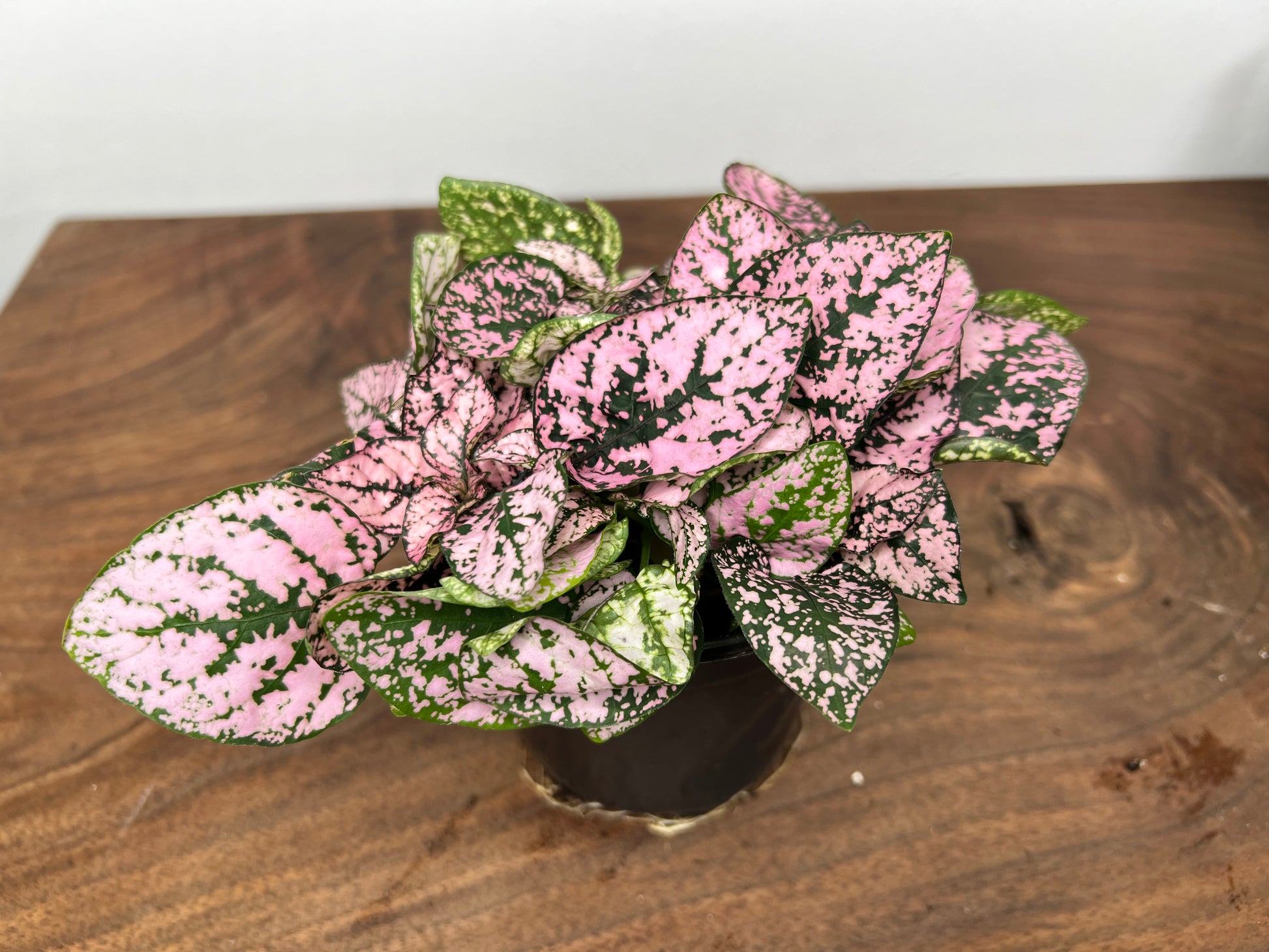The Rooted Plant Shop
Nerveplant-Gigantea (Multi color 4inch)
Nerveplant-Gigantea (Multi color 4inch)
Couldn't load pickup availability
Nerve plants (Fittonia albivenis) are tropical, humidity-loving growths known for their crispy, dark green leaves paired with spindly veins and nodes of different hues. Other common names include painted net leaf, fittonia, and mosaic plants. Members of the Acanthaceae plant family, they grow plentifully in the rainforests of Peru, Ecuador, and other South American countries.
While they provide ample ground cover in their natural habitat, nerve plants grow best as indoor plants in less humid and hot regions of the world due to their unique climate needs. Some gardeners choose to keep them in small terrariums miniature indoor gardens encased in glass—due to how much climate control and trapped humidity such a small, contained environment allows.
Nerve plants can be a bit temperamental, so you’ll need to care for these tropical plants well to help them survive and thrive. Here are seven key nerve plant care tips:
- 1. Cultivate a humid environment. Nerve plants require high humidity to thrive. If you don’t already live in an extremely humid area, you should consider bringing these plants indoors so you can keep them moist at room temperature. They risk wilting or outright dying otherwise. Use a humidifier or resort to misting your plants regularly as an alternative. Build a small terrarium to allow even more moisture to remain trapped near your plants.
- 2. Exterminate pests. Like many other plants, fittonia leaves are feeding grounds for aphids, gnats, and mealybugs. If you encounter these pests on your plants, use neem oil or another insecticide to eliminate the problem. Prevention is preferable—the healthier you keep your plants and the more you keep an eye on them, the less likely such an infestation will occur in the first place.
- 3. Feed the plants. You should fertilize your fittonia every week, especially if they’re new plants. A regular houseplant fertilizer might be useful in a pinch, but liquid fertilizers designed expressly for tropical plants will prove the most useful.
- 4. Give them the right light. Find a happy medium between constant direct sun and low light to mimic the jungly homelands of your nerve plants. Place them in a sun-facing window if you’re keeping them indoors to expose them to constant bright indirect light throughout the day. If they’re out in your garden, make sure they’re in a shady region that still gets a moderate amount of direct sunlight.
Share
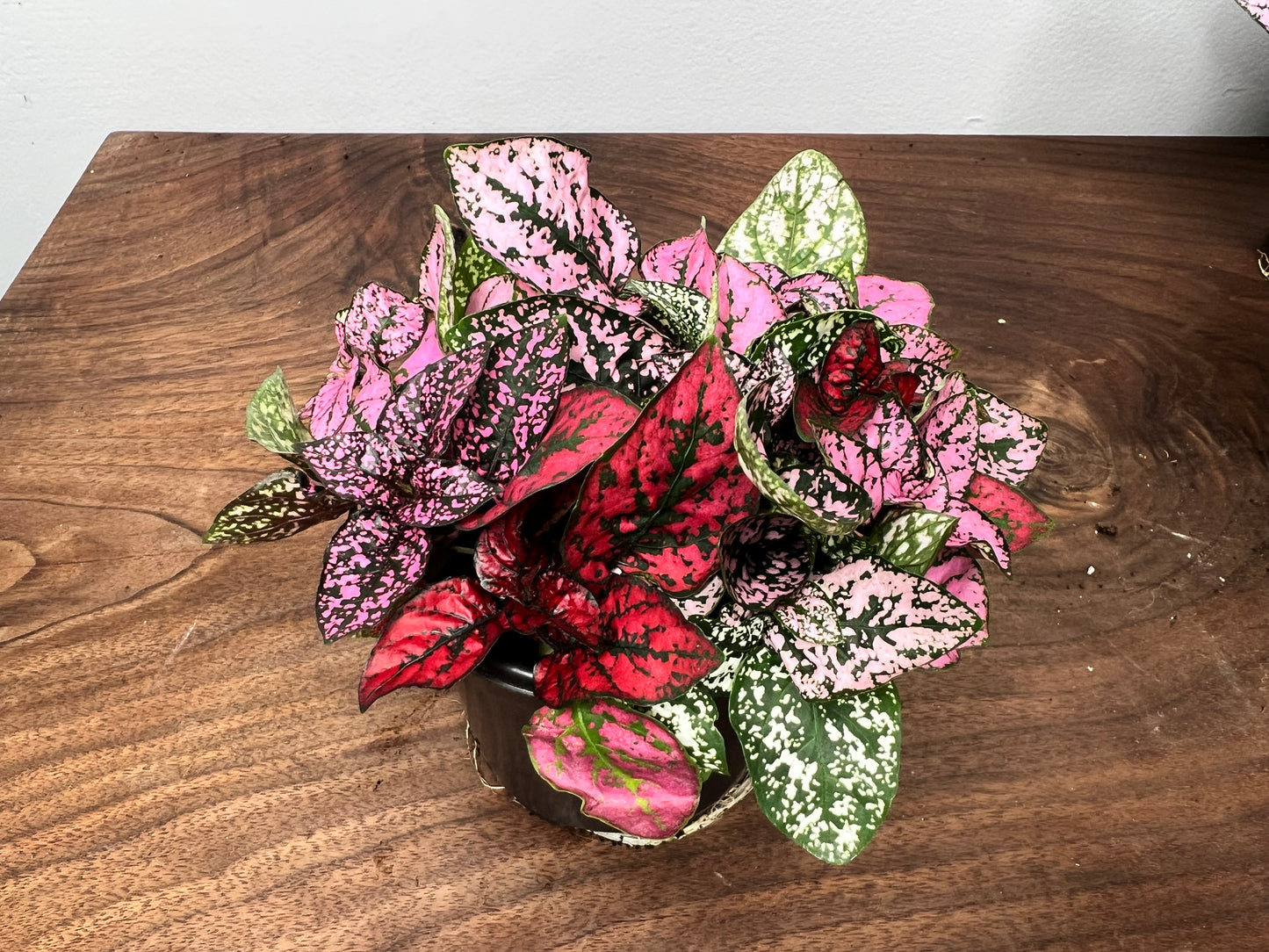
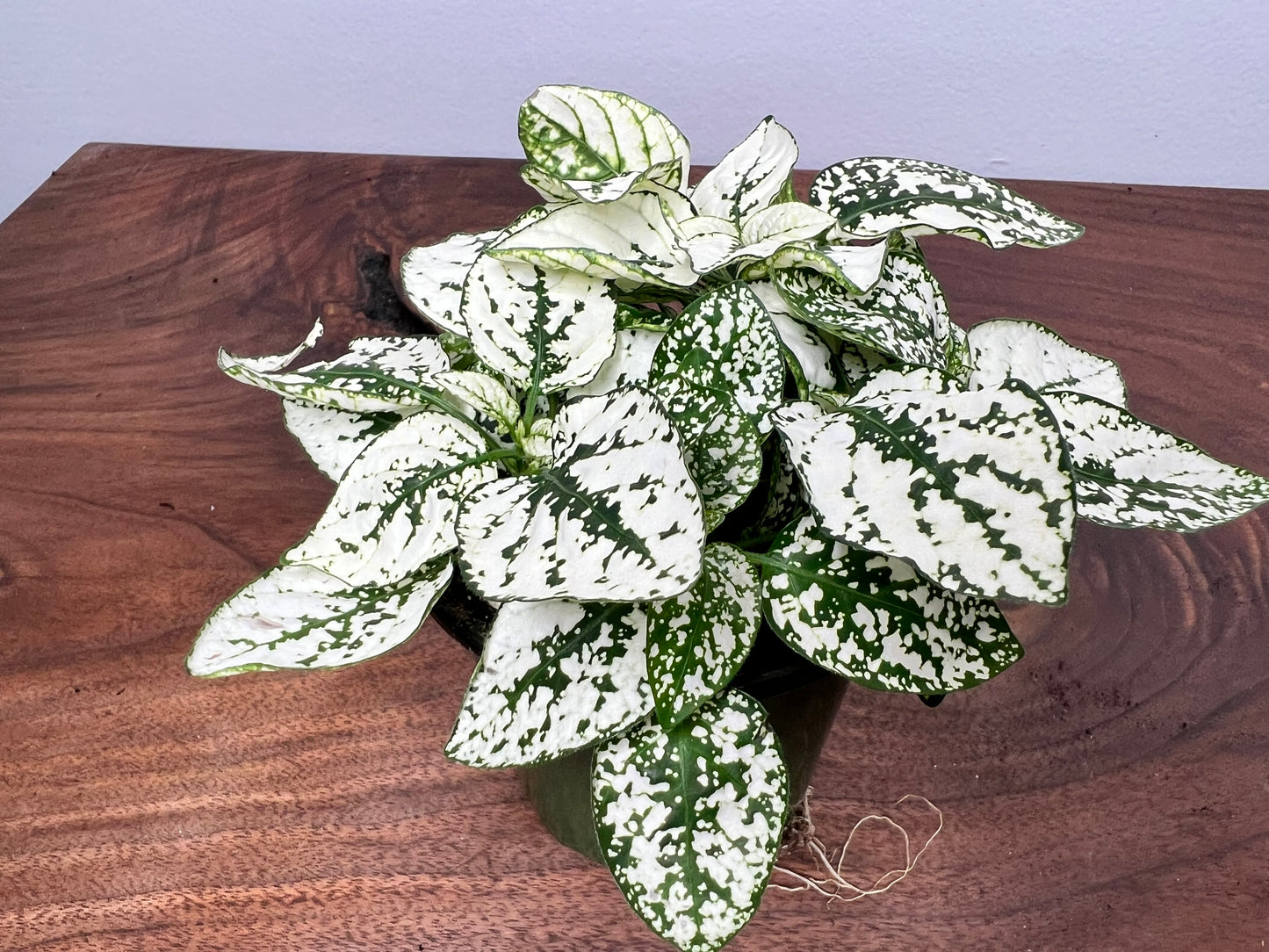


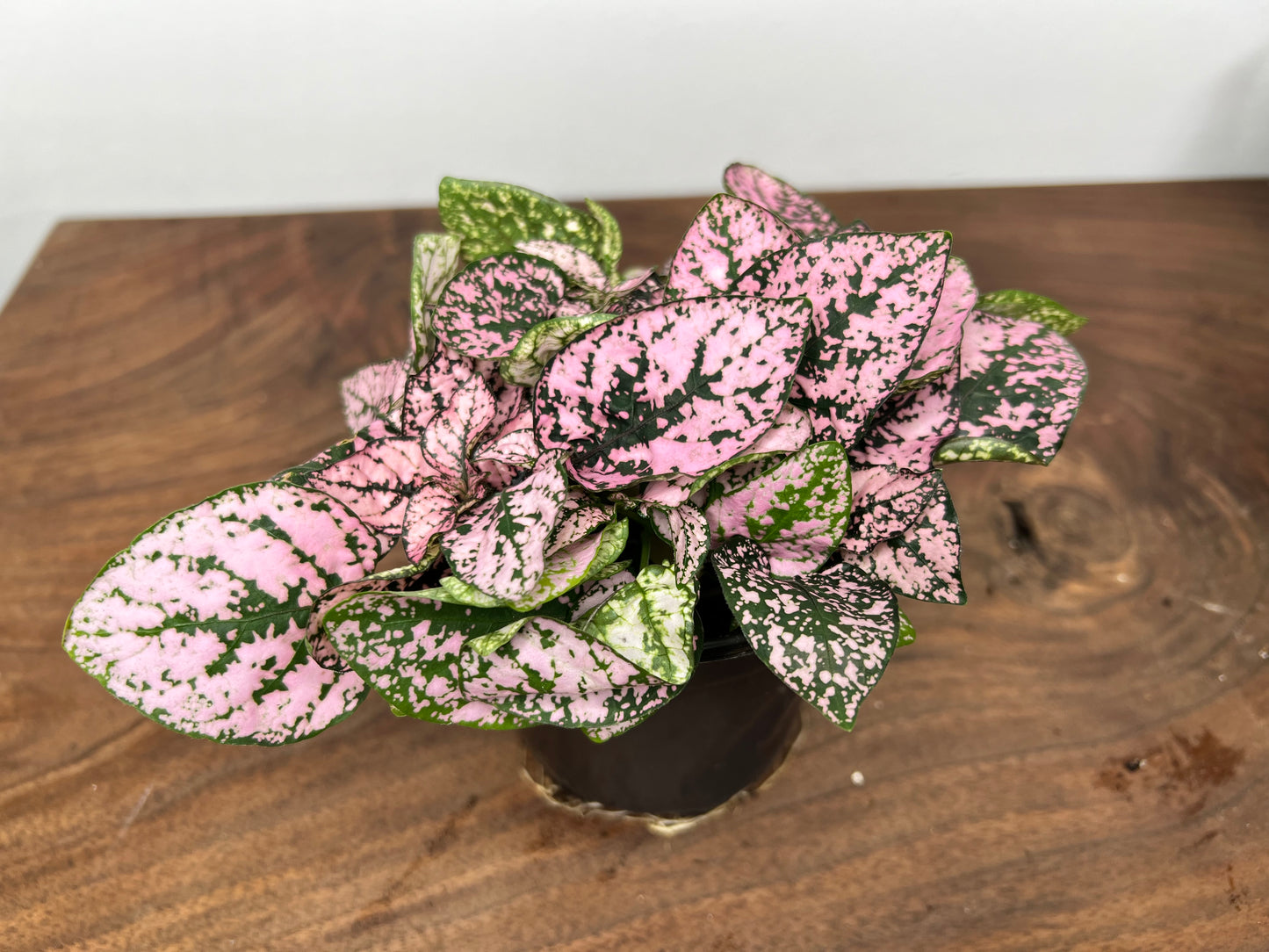
Let customers speak for us
from 398 reviewsI am in love with this plant!! She arrived quickly and healthy! She is thriving and doing beautifully!! The Rooted Plant shop is now my # 1 go to plant shop for all of my plant purchases!!

Plants arrived healthy and beautiful. They are thriving! I couldn’t be happier.

A great plant. The leaves are so unusual and unique. Plant was in good condition.

Plants r beautiful they were well boxes up the right way. Mell will teach u of how to take care of your plants. She is a awesome person & caring..

Everything was packed great I even got a little lady bug. 😊 thank you so much

This hooded sweatshirt is a great design. Excellent weight and quality material. The graphics are planty approved 😃

They arrived in fantastic shape no cold weather damage and very prompt

Absolutely love! So healthy, beautiful and already pushing out new leaves. Stunning 😍

Plant arrived looking even more beautiful than in the pictures! The care put into packing really shows. You wouldn't think it had just been shipped over 900 miles.



